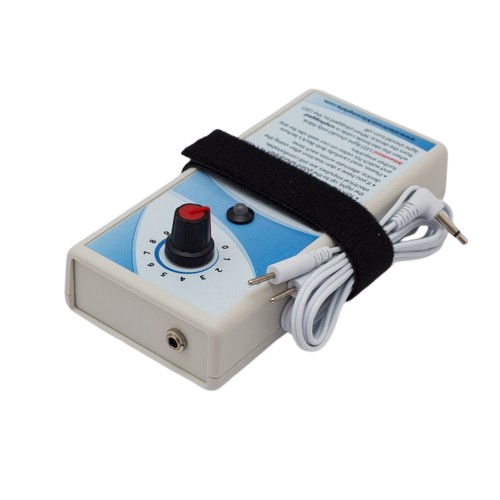Neuromodulation
Neuromodulation: Neuromodulation is a field of medical treatment that involves the use of electrical or chemical stimulation to modify the activity of the nervous system. It is employed to manage various neurological and psychiatric conditions by targeting specific neural pathways and structures.
There are different types of neuromodulation techniques used in healthcare:
Spinal Cord Stimulation (SCS): SCS is a technique that involves the implantation of small electrodes near the spinal cord. These electrodes deliver mild electrical impulses to interfere with pain signals and provide relief for chronic pain conditions, such as failed back surgery syndrome, neuropathic pain, and complex regional pain syndrome.
Deep Brain Stimulation (DBS): As mentioned earlier, DBS involves the surgical implantation of electrodes into specific deep brain structures. It is primarily used to treat movement disorders like Parkinson’s disease, essential tremor, and dystonia. DBS delivers electrical impulses to modulate abnormal brain activity and alleviate symptoms.
Vagus Nerve Stimulation (VNS): VNS involves the implantation of a device that stimulates the vagus nerve, a cranial nerve that plays a role in regulating various bodily functions. It is used to manage treatment-resistant epilepsy and depression. VNS delivers electrical impulses to the vagus nerve, helping to normalize brain activity and improve symptoms.
Transcranial Direct Current Stimulation (tDCS): tDCS is a non-invasive technique that involves the application of low-intensity direct current to the scalp. It is used to modulate neuronal activity in specific brain regions. tDCS has shown promise in various conditions, including depression, chronic pain, and cognitive impairments.
Neuromodulation techniques are typically considered when other treatment options have been ineffective or have produced limited results. These therapies require careful evaluation, patient selection, and ongoing monitoring by specialized healthcare professionals, such as neurologists or pain specialists.
The specific mechanisms underlying neuromodulation techniques are still being researched, and the exact way they produce therapeutic effects may vary depending on the condition being treated. The success of neuromodulation therapies often relies on proper patient selection, accurate electrode placement, and appropriate stimulation parameters.
It’s important to consult with a healthcare provider experienced in neuromodulation to determine if these techniques are suitable for your specific condition. They can assess your medical history, conduct evaluations, and provide personalized recommendations based on the latest scientific evidence.
Please note that the information provided here is for informational purposes only and should not replace professional medical advice. Always consult with a qualified healthcare provider for personalized information and guidance based on your specific medical condition.
